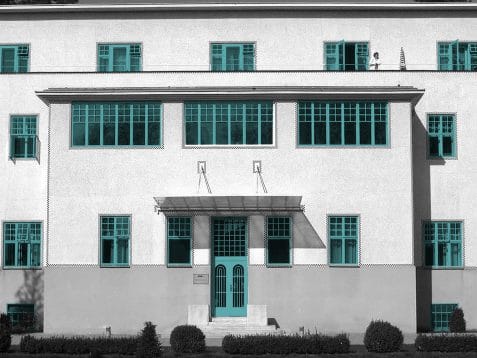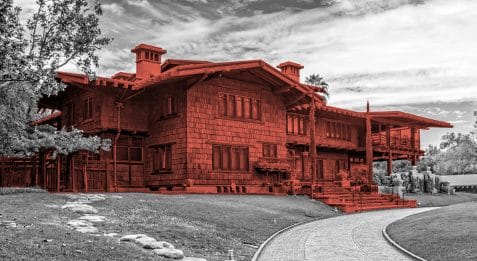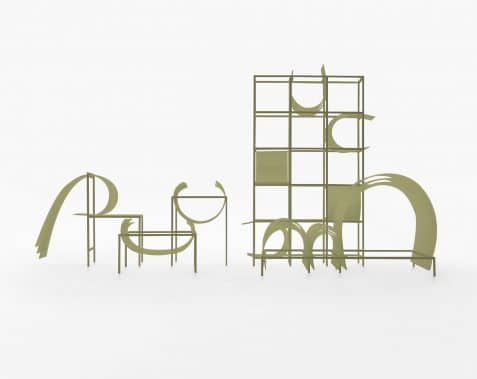INTERIOR
The Stuttgart exhibition and the cantilever chair #Mies van der Rohe

In 1927 Mies van der Rohe started to experiment with the use of bent steel tube as the frame of a cantilever chair. Previously, both Marcel Breuer and Mart Stam had created tubular steel frame chairs, in 1925 and 1926 respectively, but Mies’s MR10 chair was the first to successfully exploit the elasticity of steel. Breuer would develop his famous BR32 Cesca cantilever chair the following year.
That same year and due to his position as vice president of the Deutsche Werkbund, Mies was commissioned to organize the exhibition on housing in Stuttgart that would become known as the Weissenhofsiedlung. In addition to selecting the participating architects, Mies designed the master plan for the housing estate, and the residential block that crowned the estate.
Mart Stam and Marcel Breuer took part in that exhibition too. Stam designed three row houses and furnished them with his own furniture. For his part, Breuer furnished the houses built by Walter Gropius with a wide assortment of metal furniture produced by the small company Standardmöbel, of which he was a co-founder.
In his four-storey block, Mies used for the first time a steel structure that allowed the openness and flexibility to which he had long aspired. The potential of this construction system was demonstrated by the variations in the distribution of the apartments, which included some prototypes with a fixed core for the bathroom and kitchen and mobile partitions. In addition, Mies brought back his interest in furniture design, cultivated during his younger days with Bruno Paul. Together with Lilly Reich, he furnished these apartments with his own furniture, including the brand-new MR10 cantilever chair. Mies and Reich would create together some of the best-known pieces of modern design.









